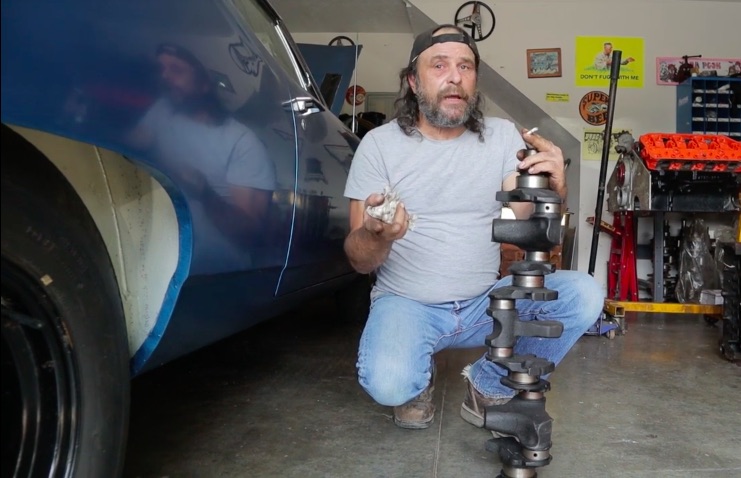Until 1987, the Slant Six was Chrysler’s go-to workhorse. The 318 made for a nice V8. The 360 provided grunt. Anything else provided thrills and smiles. But the Slant Six, be it the 170 cubic incher, the 198 cubic incher, or the 225ci that most of us are familiar with, was the mule of the lineup. You could find it everywhere, from a 1960 Valiant to a 1970 Fury to a 1980 B-van to a later 1980s Dodge Ram. It got pressed into service just about everywhere. And while it’s nothing to really sing about power-wise in any stock form, the Slant’s place in history isn’t about balls-out grunt, it’s about being as reliable as an anvil. What it takes to kill one of Chrysler’s inline sixes is nothing short of either pure, unadulterated abuse in high concentrated doses or one of the most bone-headed mechanic screw-ups ever recorded. You seriously have to lose your brain for ten minutes to find the breaking point of one of these engines.
But here’s the thing: many people understand the workings of the typical V8 engine. They get how the air moves in, how the exhausts go out, and they understand the basic designs of their engine of choice. When it comes to the Slant, however, that doesn’t seem to be the case. In my history, all that was needed to be understood about them was “alive” or “dead”. And in the yard I dealt with, a dead Slant meant a dead car, no matter how nice the body and interior were. And that’s a shame for an engine with such a durable reputation. There are articles claiming 300 horsepower, 400 horsepower builds, but before you grab a wrench, maybe you should get a rundown on the basic design of the engine!
























He said some interesting things about “pulse” in the intake manifold. I remember when Chrysler had really long intake manifolds on the 413 engines of early 1960’s and now I know why. I always liked the slant 6 & thought the 225 was the engine to build. Never thought you’d use one exhaust pipe on the engine even with headers. Boy, I learned a lot from this man. Really want to see how his engines perform.
I had a 61′ Valiant with a 170 slant six. Boy that thing couldn’t peel an orange, but the push button trans was super cool.
He had some interesting claims. Interesting how he didn’t like a number of popular mods, particularly long rods and oversized valves. I may need to do a bit of digging to verify the claim that the stroke means a long rod ratio may cause more harm than good.
As my slant six build is a turbo, hopefully the issue he cited with counterflow type heads not getting as much scavenging during overlap is much less of an issue…